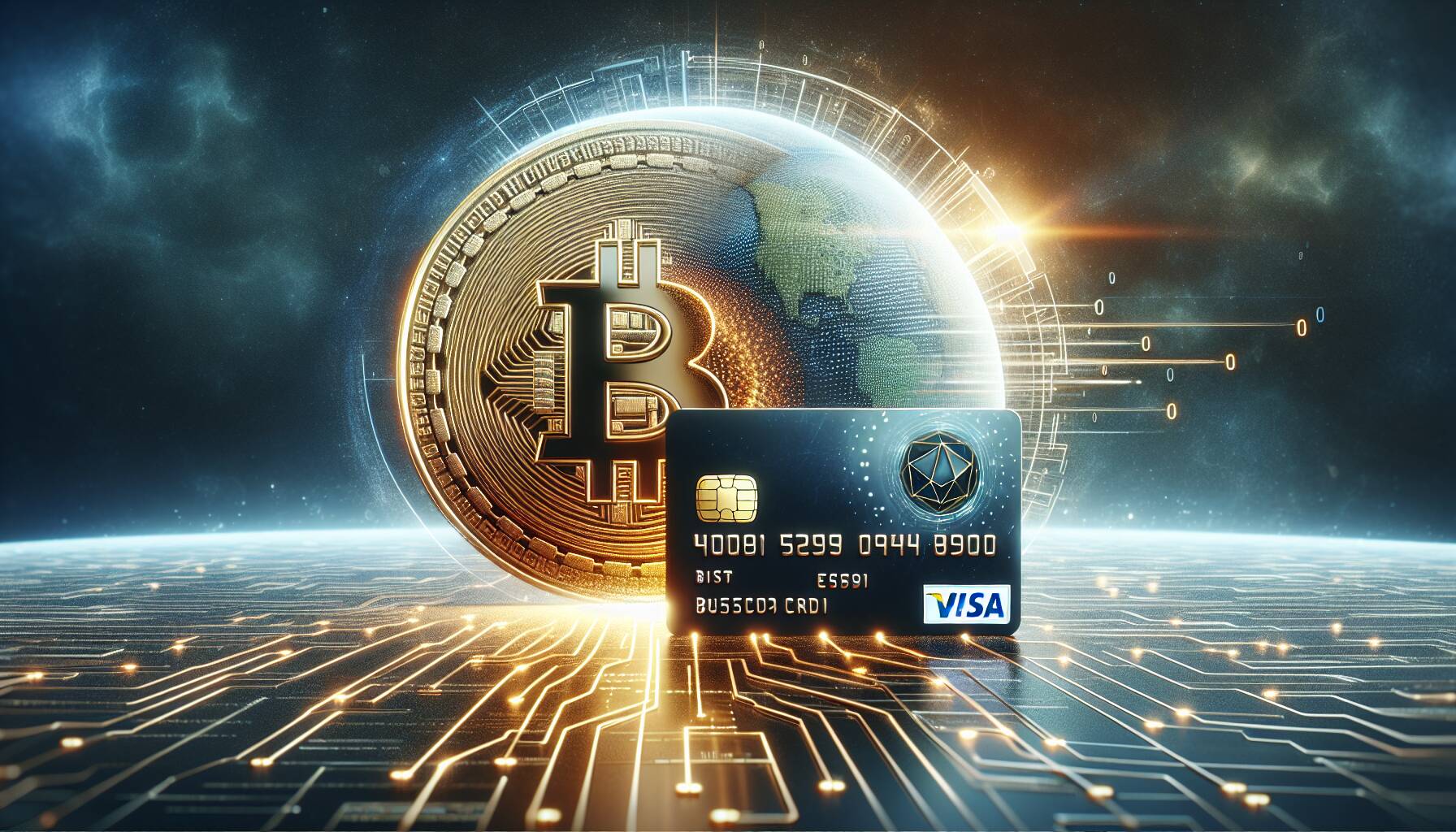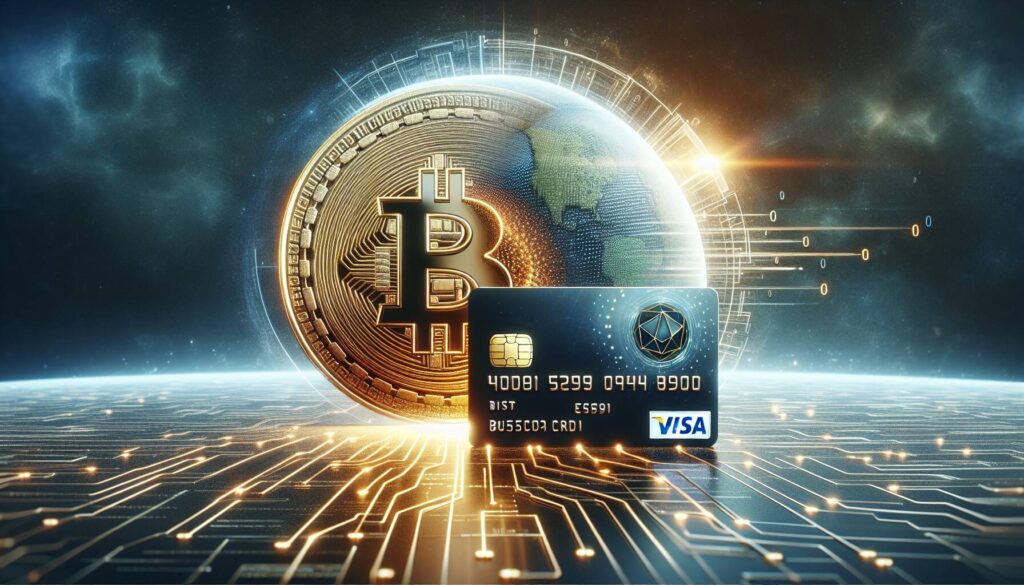In a significant development in the cryptocurrency landscape, Visa has launched a new pilot program that enables businesses to send dollar-backed stablecoins, such as USDC, directly to users’ digital wallets. This initiative marks a pivotal step in merging traditional finance with the fast-evolving world of digital currencies, providing users with near-instant access to their earnings.
The ability to utilize stablecoins for transactions can streamline payments for businesses, offering a more efficient alternative to conventional banking methods. The integration of stablecoins like USDC, which is pegged to the value of the US dollar, ensures that users can enjoy the benefits of cryptocurrencies without the volatility typically associated with them.
“This pilot program represents an exciting fusion of payment systems, allowing for rapid and reliable transactions,” a Visa spokesperson stated. As the demand for digital payment solutions rises, innovations like this could redefine how businesses engage with their customers.
As industry players keep a keen eye on developments, Visa’s initiative reflects a broader trend towards adopting digital currencies in daily transactions, highlighting the increasing acceptance of cryptocurrencies in mainstream finance.

New Visa Direct Pilot: Sending Dollar-Backed Stablecoins to Digital Wallets
The recent introduction of Visa’s new pilot program offers significant opportunities for businesses and consumers alike. Here are the key points:
- Dollar-Backed Stablecoins: The pilot allows businesses to use stablecoins like USDC, providing a digital currency option that is stable against the dollar.
- Near-Instant Access: Users can access their earnings almost immediately, enhancing liquidity and financial flexibility.
- Ease of Transactions: The integration into digital wallets streamlines payment processes and reduces transaction times.
- Broader Adoption of Cryptocurrencies: This initiative may encourage more businesses to adopt cryptocurrency payment solutions, impacting overall market growth.
These points relate directly to the readers’ lives by potentially enhancing financial transaction methods, offering quicker access to funds, and promoting a shift towards digital currencies in daily use.
Revolutionizing Payments: Visa Direct’s New Pilot with Stablecoins
Visa’s latest initiative to implement a pilot program allowing businesses to send dollar-backed stablecoins like USDC directly to users’ digital wallets is a significant leap in the payments landscape. This groundbreaking move positions Visa at the forefront of financial innovation, particularly in the realm of cryptocurrency and digital transactions.
Competitive Advantages: One of the standout features of this pilot program is the near-instantaneous access it provides users to their earnings. In contrast to traditional banking systems that often involve delays in fund transfers, Visa’s integration of stablecoins offers a seamless and efficient solution. Additionally, businesses can benefit from lower transaction fees and enhanced security, appealing to those looking to optimize their financial operations. The use of recognized issuers like USDC further instills confidence among users, ensuring stability amidst the volatility often associated with cryptocurrencies.
Competitive Disadvantages: However, this initiative may face hurdles related to regulatory scrutiny and the evolving legal landscape around cryptocurrency transactions. As governments worldwide grapple with the implications of digital currencies, Visa could encounter potential backlash or restrictions that might stifle its growth in this area. Furthermore, the dependence on blockchain technology and digital wallet infrastructure could be a barrier for businesses or users who are not yet comfortable with these systems, potentially alienating a segment of the market.
Target Beneficiaries and Possible Issues: The primary beneficiaries of this innovative offering are small to medium-sized enterprises and freelancers, who will likely find the expedited payment process tremendously advantageous. Moreover, consumers who are already familiar with digital currencies stand to gain significantly from the ease of managing their earnings. Conversely, traditional banking institutions may perceive this as a challenge to their market share, prompting them to innovate or adapt quickly. Additionally, those less technologically savvy could experience difficulties in adjusting to this new payment method, leading to a possible divide in access and usability.















